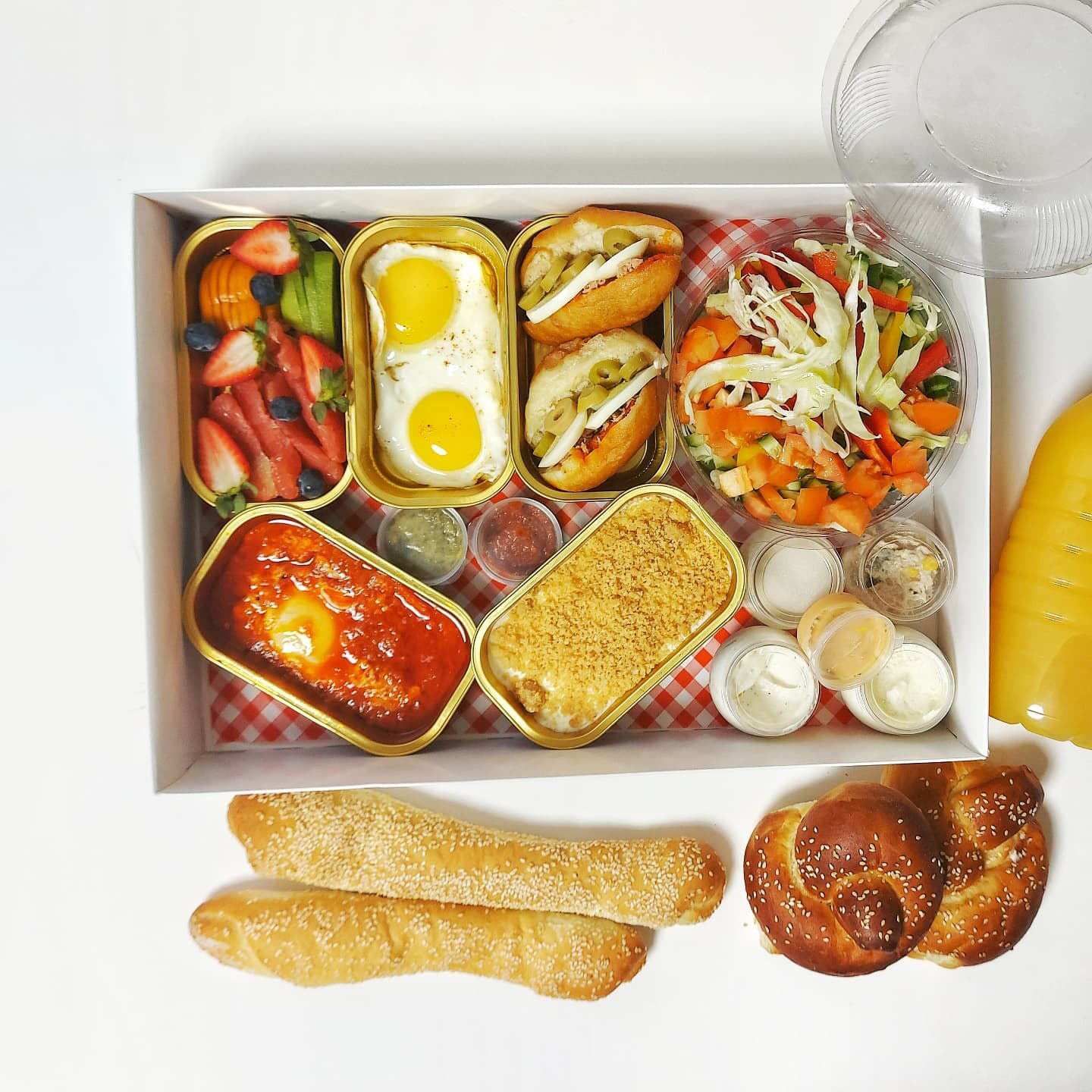Aluminum foil refers to the paper made of aluminum foil backing paper and aluminum foil paper. It is often used to wrap food. Most of the tin foil we commonly use now is aluminum foil. So what is the difference between aluminum foil and tin foil?

Different definitions of aluminum foil and tin foil
What is Aluminum Foil?
Aluminum foil paper is a paper made by bonding aluminum foil backing paper and aluminum foil paper. It is soft and malleable, similar to paper, and does not spring back after being deformed. Qualitative, shade-preserving, non-shedding, opaque, non-polluting, and cheap.
What is tin foil?
The color of tin foil is silvery white, and the ashes after burning are golden yellow. Its main components are tin and aluminum, and it is an alloy of tin and aluminum. It conducts electricity and heat very well. It can also be made into a lampshade to increase the brightness of the lamp. Tin foil has good insulation, and the finish and heat reflectivity of tin foil are very good.
Different materials and processes of aluminum foil and tin foil
Aluminum foil is made of metal aluminum or aluminum alloy through rolling equipment, and the general thickness is less than 0.025m. The tin foil is made of metal tin or tin aluminum alloy through calendering equipment.
Different physical and chemical properties of aluminum foil and tin foil
Aluminum foil has a melting point of 660°C and a boiling point of 2327°C. The appearance is silver-white light metal with ductility. It can form an oxide film in humid air to prevent metal corrosion. The melting point of tinfoil is 231.89°C and the boiling point is 2260°C. It has the characteristics of good corrosion resistance and low melting point. Its exterior is a silver-white metal with a slight bluish tinge.
Different appearance characteristics of aluminum foil and tin foil
Tin foil looks much shinier than aluminum foil. Commercially available tinfoil paper is generally stacked one by one, with cotton paper between each sheet, which is difficult to cut and expensive. While aluminum foil is hard and easy to cut, rolls are usually used. Ink cartridge packaging is cheaper, so it gradually replaces tin foil and becomes the mainstream of the market.
Tin foil
Which is better, aluminum foil or tin foil?
Both aluminum foil and tin foil can be used to wrap grilled ingredients to prevent the meat from burning and keep the original flavor of the ingredients. So which one should you choose between aluminum foil and tin foil when grilling? Aluminum foil is better for grilling and wrapping ingredients.
Because tin foil is softer than aluminum foil, tin foil has a lower melting point than aluminum foil. Ordinary grilled and baked foods require higher temperatures. Aluminum foil needs to be melted at 660°C, while the melting point of tin foil is 231°C, and it will start to melt when it exceeds 160°C. It can be seen that the role of aluminum foil is more extensive. In addition, since aluminum foil is cheaper than tin foil, it is often used instead of tin foil these days.
What are the functions of barbecue aluminum foil?
Aluminum foil is commonly used on grills and it serves two main purposes:
1. Act as a container
The aluminum foil acts as a container to keep extra grease from dripping onto the charcoal and creating smoke. Reheating without cleaning the grill and grill of meat and grease is the equivalent of eating sticky food. Baking with aluminum foil after wrapping will help prevent such problems.
2. Heat insulation
Both aluminum foil and tin foil have thermal and insulating properties. Wrapping cooked ingredients in foil allows you to retain the heat for longer without too much condensation, which helps preserve the flavor of the barbecue.
Post time: Mar-16-2023




